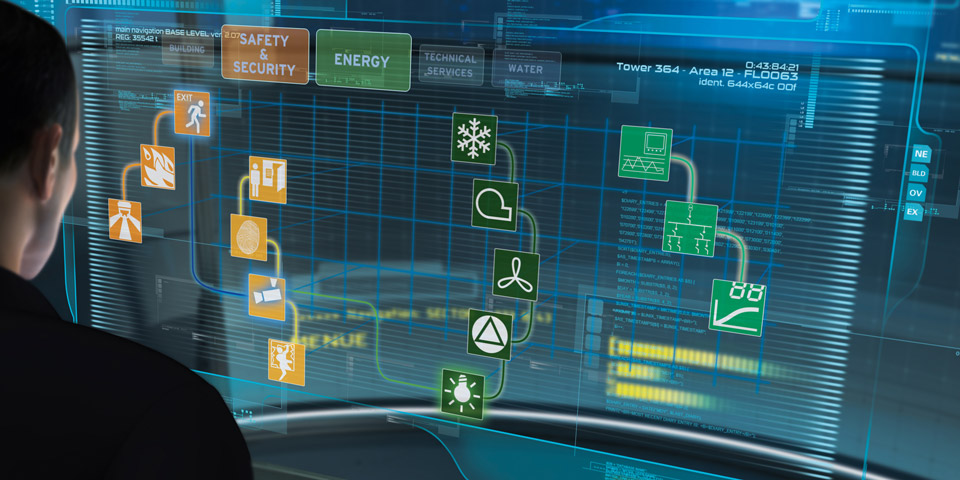Remote autonomous telemetry system terminal
- "Micronika" LLC
- household telemetry, gas metering, process automation
Autonomous means the ability of any part or a certain function to be responsible for its regulation. Autonomous remote terminals in distribution networks (meaning gas distribution networks, electricity supply, heat supply, water supply, etc.) open up new horizons for telemetry.
The equipment of measuring autonomous remote terminals usually includes a wireless modem for data transmission and signaling of the achievement of any certain parameters in the monitored system. The equipment also includes power supply circuits for measuring transducers and sensors. The devices are usually powered by an internal battery and housed in IP66 to IP68 enclosures. Battery life requirements range from several months to 10 years. Another equally important requirement for autonomous remote terminals is a long and continuous, maintenance-free, service life in harsh external environmental conditions, in an extended temperature range.
Principle of operation
The system controller (ultra low power microcontroller) is in constant operation and performs two main tasks:
- measurement, data recording and alarm detection;
- monitoring of internal and external functional elements to extend the operating time of the internal battery, the power supply of these functional parts is carried out in accordance with a predetermined schedule (for example, to perform some measurements, the external sensor can be polled every 15 minutes).
Microprocessors with dual architecture are used in stand-alone terminals of the Micronika company, which makes it possible to save energy as much as possible using a low-power processor. The powerful communications processor is turned on and off by the system controller, handles data processing, and controls communication via a wireless modem. Dual architecture processors can achieve 50% energy savings.

The following is a comparison of the two types of telemetry solutions:
- using solar panels as a power source;
- self-powered by lithium-ion batteries.
| # | Name | Solar terminal | Standalone terminal |
|---|---|---|---|
| 1 | Daily energy consumption | 48 mAh (average 2 mA per hour) | 3.3 mA (2 mA during reading, 40 μA in standby, 5 minute reading period) |
| 2 | Opening hours without service | 2-3 years. The capacity of a battery cell decreases over time. Service life is reduced by increasing internal resistance over time | Up to 10 years old. The lithium-ion battery is able to maintain a constant discharge current and voltage for 98% of its life |
| 3 | Supply system | Complex, expensive | Simple, low cost |
| 4 | Ambient temperature | Solar panels require frost protection at low temperatures. Above 40 ° C, the efficiency of solar cells decreases and the battery power decreases | Operating temperature range from -40 ° С to + 65 ° С |
| 5 | Weather | Uninterrupted operation depends on sufficient sunlight | Does not depend on the weather |
| 6 | Overall dimensions | Large, may attract vandals | Minimum size, compact, inconspicuous |
| 7 | Minimum reading period | Up to a few seconds, depending on the availability of renewable energy sources | 1 minute (5 ... 15 min) is optimal for maximum battery life |
